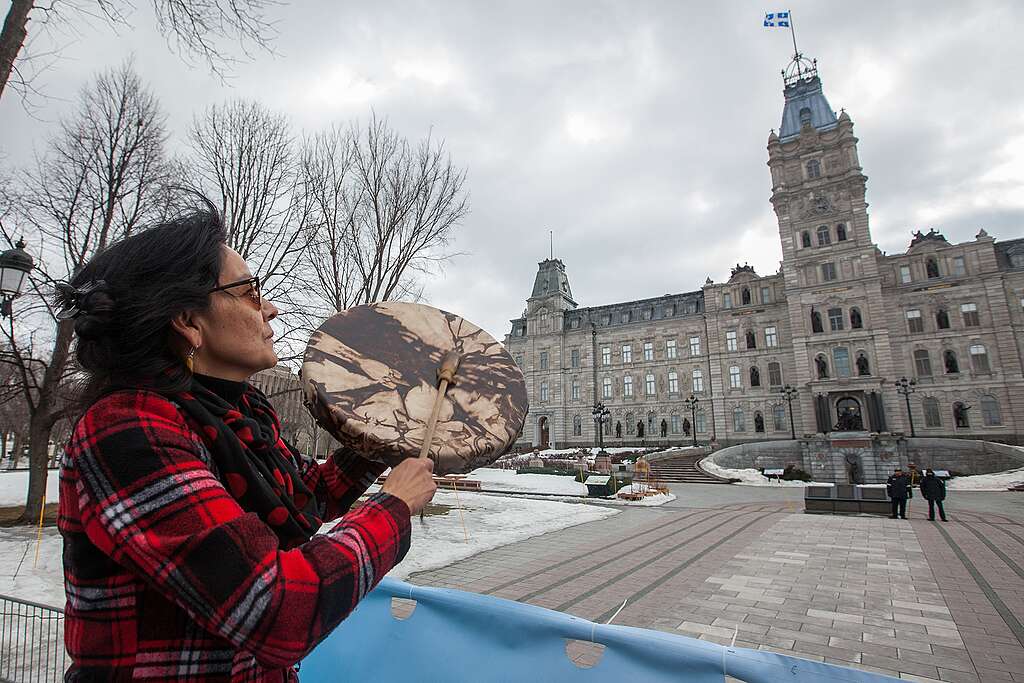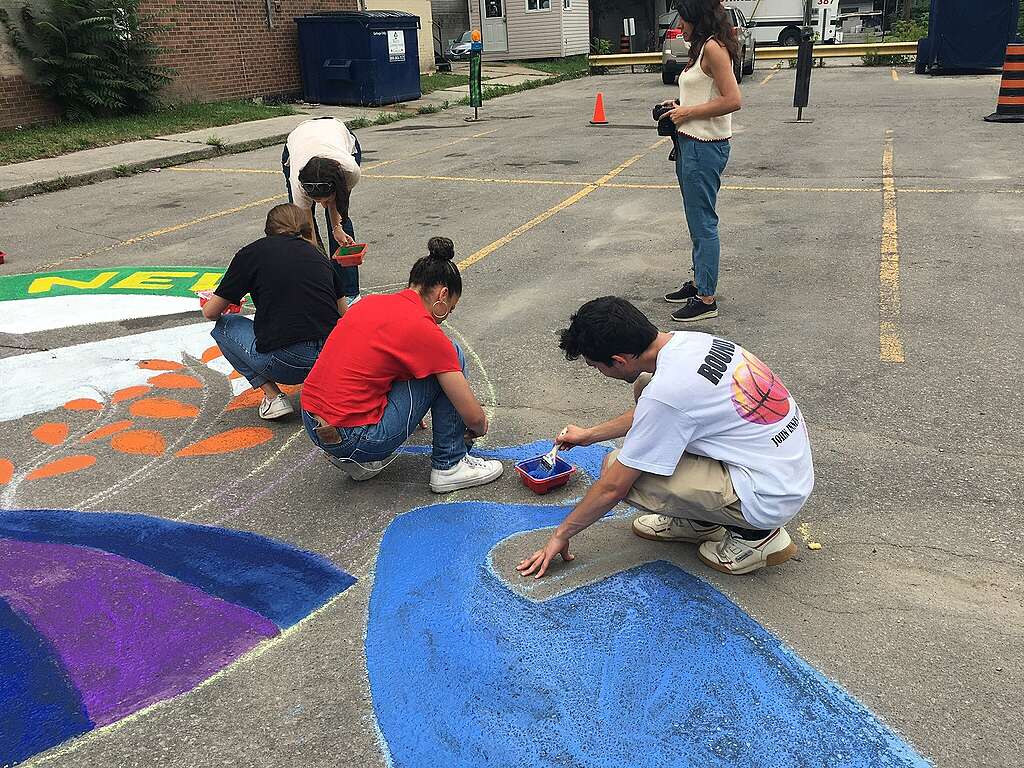You care about the planet. You recycle, you bike when you can, maybe you’re even eating less meat. These things matter, but we can’t fix the nature and climate emergency through lifestyle changes alone.
It will take action from governments and large businesses to shift whole societies from fossil fuels to clean energy, or to protect nature from major destruction and pollution. But politicians and businesses only move when people push them.
That’s what advocacy is all about. It’s about using your voice to urge governments to pass laws and businesses to clean up their act. Here are some easy ways to get started.

1. Vote
Voting is one of the most powerful tools we have to make change. If you can vote, support candidates who take climate action seriously at the federal, provincial, municipal, and even school board level. If you can’t vote, speak up anyway! Political decisions will still impact you.
✅ Ask candidates about their climate and nature protection plans.
✅ Make sure they know that the environment is important to you.
2. Connect with your representative
Keep the pressure on after the elections are over! Politicians need to hear from you all year.
It might feel intimidating, but reaching out to your MP, MPP, or municipal representative can have a big impact. It’s literally their job to represent your concerns.
Send an email or set up a meeting to talk on the phone or in person. If the idea of that makes you nervous, try something more casual. Many politicians appear at local events. Look for any upcoming appearances on their websites or social media.
✅ Research the issue you’re concerned about to prepare a few talking points.
✅ Try matching your concerns to their priorities. You might find out what issues are important to them on their websites or by signing up to receive any newsletters or updates. The federal and provincial governments also publish throne speeches and mandate letters online.
✅ Get personal. Share why the issue matters to you and how it’s impacting you or your community.
✅ Be clear and specific about what you are asking for. Are you asking them to vote against a new gas-fired electricity plant, support a clean electricity policy, or push for investments in public transit?
✅ Follow up with a thank you and ask for an update on what is being done.
3. Speak up online
Digital activism has a wide reach, and educating people is a part of advocacy work. Share articles and campaigns on social media. Write a post explaining why you care. Tag your MP or MPP if you are asking for policy changes.
✅ Focus on one issue at a time.
✅ Be clear and brief.
✅ Use personal stories or emotional adjectives. People connect with them.
✅ Include a specific call to action for your readers, like signing a petition or going to a march.
✅ Use hashtags to build momentum.
✅ Ask questions, like asking a bank why it’s funding a fossil fuel project. The more people see those questions, the more pressure builds.
4. Call out businesses, too
Advocacy isn’t just for politicians. You can also push businesses to change their ways. For instance, you can contact or call out a company that uses a lot of single-use plastics for packaging.
✅ Use similar strategies to those for connecting with a political representative – focus on one issue and be specific, clear, and persistent about the change you want to see.
5. Write a letter to the editor
Writing a letter to your local newspaper is a great way to spark public conversation about an issue that’s important to you. Even one published letter can inspire others to speak up, and it shows decision-makers that the public is paying attention.
✅ Respond to an article within a day or two while the news is still fresh.
✅ Speak personally and honestly. Unique stories stand out.
✅ Don’t worry about rejection. Editors get lots of letters. Keep submitting, and try smaller papers, too.
Don’t go it alone! Join with others

Advocacy is more powerful – and more fun – when you do it with others. Find friends and people in your community who care about the same things you do. You could meet once a month to talk about local issues and coordinate plans to reach out to your political representatives at the same time. Or create social media campaigns together and share and comment on one another’s posts. Or organize a climate-themed film night or book club, start a petition, or join a protest or march.
You can also get involved with an environmental organization that takes collective action to an even bigger scale, with hundreds or thousands of people pushing for change on the same issue all at once. Why not take action today with Greenpeace Canada? Sign a petition or sign up to receive campaign updates and action alerts.
✅ When we act together, we’re louder and harder to ignore.
PS. Not sure where to start? What problems are you angry or upset about? Do other people share your anger or frustration? Are there concrete solutions to the problem? What is your vision of a better future?
Now, think about your strengths and passions. Do you love to write? Speak? Plan events? Use this Climate Venn Diagram to help figure out what kind of advocate you are.



